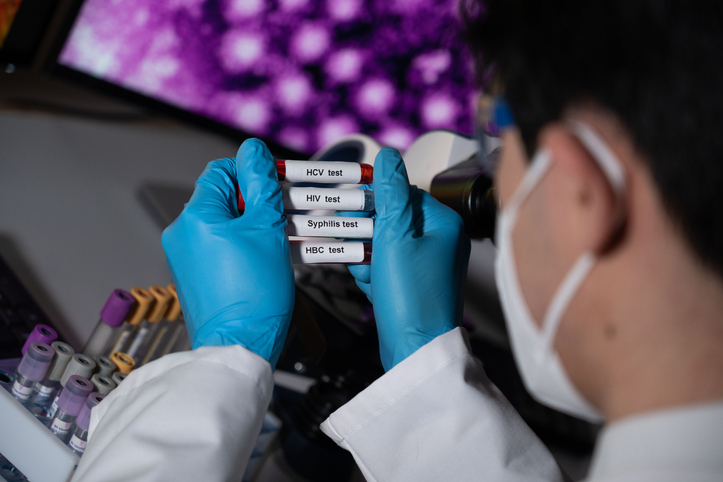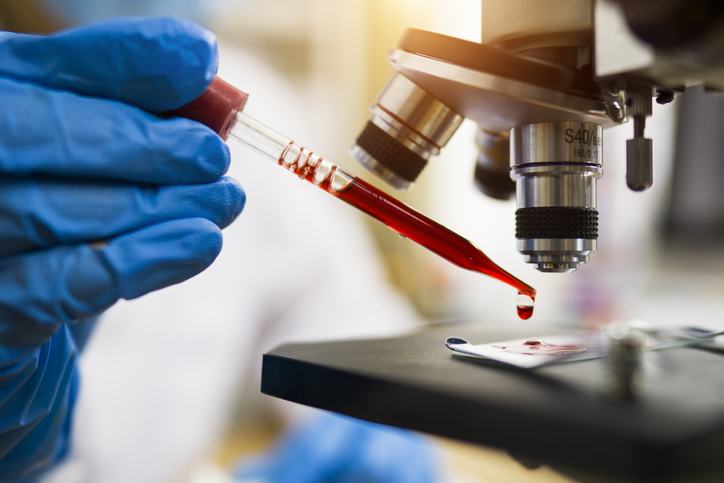
Source: BSIP / Getty
There are an estimated 20 million new cases of sexually transmitted infections every year in the United States, says the Office of Disease Prevention and Health Promotion. While some forms of prevention, including condoms, can reduce the risk of these infections, alarming data from Statista shows that many sexually active individuals do not use them. Access to information is one of the first lines of defense sexually active adults have against life-altering and life-threatening sexually transmitted diseases. Yet, many adults don’t know this one basic piece of knowledge: the differences between STDs and STIs.
The terms “STIs” and “STDs” are often used interchangeably, but they are far from one and the same. Getting clear on the language surrounding sexually transmitted infections and diseases – and how they are diagnosed and treated – can empower you in your medical journey, should you ever receive a diagnosis. So, when it comes to STDs and STIs, here’s what you need to know.
STIs vs STDs

Source: Thana Prasongsin / Getty
Though many people use the terms interchangeably, STIs actually precede and can cause STDs. All STDs are the results of STIs. However, not all STIs turn into STDs. When diagnosed and treated early enough, STIs can go away and never turn into an STD. However, when left untreated, some STIs can cause damages to cells in the body that ultimately disrupt important bodily processes. Below are some of the most common types of STIs and the STDs they can develop into.
- HIV and AIDS. HIV is the infection that, when left untreated, can turn into AIDs. However, not everyone diagnosed with HIV will get AIDS. It is critical that those at risk of HIV get tested regularly. Hiv.gov reports that one in seven individuals with HIV do not know they have it. Early diagnosis of HIV can reduce the chances that the infection turns into AIDS.
- Chlamydia and pelvic inflammatory disease. Chlamydia is the STI that can develop into pelvic inflammatory disease (PID). PID is an infection of one or multiple of the upper reproductive organs. It can lead to scarring of the fallopian tubes and an increased risk of an ectopic pregnancy.
- Gonorrhea and PID. Gonorrhea is another STI that can cause PID.
- Trichomoniasis and PID. Trichomoniasis can also lead to PID.
- Syphilis and tertiary syphilis. Syphilis is an STI that, when left untreated, can turn into tertiary syphilis. Tertiary syphilis is a form of late-stage syphilis that can lead to complications such as damage to the heart, blood vessels, eyes, liver, bones, joints, and even the brain.
- HPV and cancer. HPV is an STI that can turn into several types of cancer including cervical, anal, vaginal, vulvar, and penile.









